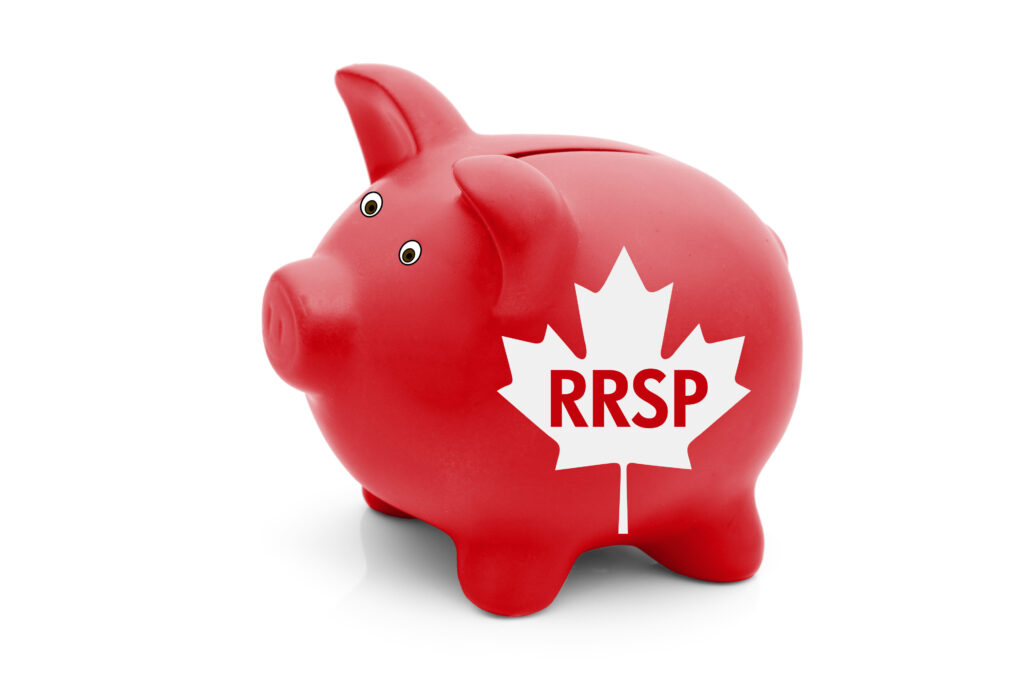Considering tapping into your RRSP for a real estate investment? It’s a move that’s caught the eye of many, lured by the prospect of owning tangible assets. Yet, it’s not without its pitfalls. Withdrawing from your RRSP to fund a property purchase might seem like a shortcut to wealth, but it’s a path fraught with financial implications and risks.
From the immediate tax hit to the long-term opportunity cost, using your RRSP to jump into real estate is a decision that requires careful consideration. You’re not just pulling money out; you’re potentially missing out on the growth your investments could have achieved in the stock market. Plus, the additional taxes on property income and the risk to your investment portfolio’s diversity are factors you can’t afford to overlook. Let’s investigate deeper into why an RRSP withdrawal for real estate might not be the golden ticket it appears to be.
RRSP Withdrawal for Real Estate Investment
When you contemplate using your RRSP to fund real estate investments, you’re facing immediate financial repercussions. Withdrawals are taxed as ordinary income, meaning the amount you withdraw could place you in a higher tax bracket. This results in a smaller net withdrawal, directly reducing the funds available for your investment.
Opportunity cost is another critical factor. Funds invested in the stock market have the potential for continuous growth. By withdrawing your investment for real estate, you miss out on this potential appreciation. Historical data shows the stock market’s long-term growth trend, underscoring what you might be forfeiting.
Also, if the real estate acquired with your RRSP funds is not your primary residence, prepare for annual property income taxes. You’ll also face significant taxes upon selling the investment property.
Diversification is key in managing investment risk. Redirecting funds from a diversified stock market portfolio to a single real estate asset increases your exposure to market volatility specific to the real estate sector.
Before proceeding with an RRSP withdrawal for real estate investment, weigh these financial implications against your long-term investment goals.
Understanding RRSP

When considering RRSP withdrawal for real estate investment, it’s paramount to grasp the basics of Registered Retirement Savings Plans (RRSPs). These accounts not only serve as a vehicle for retirement savings but also offer significant tax advantages and diverse investment opportunities. Here, you’ll investigate into the intricacies of contribution limits, tax implications, and investment options associated with RRSPs.
Contribution Limits
RRSPs come with annual contribution limits that are determined by your earned income. Specifically, you can contribute up to 18% of your earned income from the previous year, capped at a maximum dollar limit set annually by the Canada Revenue Agency (CRA). For instance, the contribution limit for the 2020 tax year was $29,210. This limit is designed to encourage saving while ensuring that the tax benefits of RRSPs are not exploited by high-income earners. If your earned income was $50,000 in 2020, your maximum contribution limit would be $9,000, offering a balance between substantial savings potential and regulated contribution ceilings.
| Tax Year | Maximum Contribution Limit |
|---|---|
| 2020 | $29,210 |
| Earned Income: $50,000 | Contribution Limit: $9,000 |
Tax Implications
Contributions to your RRSP are tax-deductible, meaning they can reduce your taxable income for the year the contribution is made. This immediate tax benefit provides tangible relief at tax time, effectively reducing the amount of tax you owe or increasing your refund. Upon withdrawal, the funds are added to your taxable income for the year, subject to withholding tax. But, if withdrawals are made under specific programmes such as the Home Buyer’s Plan (HBP), you benefit from a tax-free withdrawal with the condition of repaying the funds over a 15-year period. It’s crucial to understand that failing to adhere to the repayment schedule results in the withdrawn amount being taxed as income.
Investment Options
RRSPs offer a wide range of investment options to cater to different risk tolerances and investment strategies. Within your RRSP, you can hold a variety of investment vehicles including stocks, bonds, mutual funds, GICs, and even certain types of real estate investments. Many financial institutions also offer professionally managed portfolios, tailored for RRSP investments, that optimize diversification and potential returns. Also, socially responsible investment options are available, allowing you to invest in companies that align with your values. The diversity of investment choices within RRSPs empowers you to tailor your retirement savings to your specific financial goals and ethical considerations, making it a versatile tool in your broader financial strategy.
Pros and Cons of Using RRSP for Real Estate

When contemplating dipping into your Registered Retirement Savings Plan (RRSP) for real estate investments, it’s crucial to weigh the advantages and disadvantages. Making an well-informed choice can significantly impact your financial wellbeing and investment portfolio.
Advantages
Tax-Free Withdrawal Under the Home Buyers’ Plan (HBP): One of the most compelling benefits is the ability to withdraw up to $35,000 tax-free under the Home Buyers’ Plan for a down payment on your first home. For couples, this amount doubles to $70,000, providing a substantial boost. This tax exemption can make homeownership more accessible and affordable.
Deferred Repayment: The repayment period for the HBP withdrawal is quite generous, allowing up to 15 years to replenish the funds back into your RRSP. This extended timeframe offers flexibility in managing your finances without immediate tax penalties, as long as annual minimum repayments are met.
Grow Your Investment Tax-Free: Choosing to invest in Real Estate Investment Trusts (REITs) within your RRSP can be a strategic move. REITs held in an RRSP benefit from tax-free growth and dividends, potentially increasing your investment returns without the immediate tax burden.
Disadvantages
Opportunity Cost: Withdrawing from your RRSP for real estate means you’re temporarily reducing your retirement savings. The funds withdrawn lose the potential to earn compound interest, which could result in a significant opportunity cost over time.
Tax Penalties for Non-Repayment: Failure to adhere to the HBP repayment schedule results in the withdrawn amount being added to your annual income, taxed at your marginal rate. For example, if you do not repay the annual amount due of $2,333.33 for a $35,000 withdrawal, this sum will be taxed as income.
| Withdrawal Amount | Annual Repayment | Tax Penalty for Non-Repayment |
|---|---|---|
| $35,000 | $2,333.33 | Taxed at marginal rate |
Impact on Qualification for Future Loans: Utilizing RRSP funds for immediate real estate investment may influence your debt-to-income ratio, potentially affecting your ability to qualify for additional loans or mortgages. Lenders consider your financial obligation to repay the HBP withdrawal, potentially limiting your borrowing capacity.
Understanding both the advantages and disadvantages of using your RRSP for real estate investment is essential. It ensures your decision aligns with your long-term financial goals, maximising the potential benefits while being aware of the potential downsides.
Strategies for Whithdrawing RRSP for Real Estate Investment

When considering using your Registered Retirement Savings Plan (RRSP) for real estate investment, it’s essential to strategize effectively. Withdrawing funds under the Home Buyers’ Plan (HBP) allows first-time homebuyers to borrow up to $35,000 from their RRSPs tax-free. To optimize this strategy, plan your repayment schedule beforehand. According to regulations, you must start repaying the withdrawn amount into your RRSP within two years, spreading it evenly over 15 years to avoid penalties.
An optimal approach includes understanding the repayment requirements. For instance, if you’ve withdrawn the maximum of $35,000, your annual repayment would be at least $2,333.33. Failing to meet these repayments could lead to substantial tax penalties. Specifically, if you do not repay on time, you’ll be penalized with 1/15th of the withdrawal amount for each year you miss.
To ensure compliance and evade penalties, keep a close watch on the deadlines and amounts. The government issues a T4RSP slip annually, highlighting your required repayment for the year. Stay ahead by incorporating these repayments into your annual budget, potentially setting aside monthly amounts to cover the yearly obligation effortlessly.
Conclusion
Leveraging your RRSP for real estate investment through the Home Buyers’ Plan offers a unique opportunity to step onto the property ladder. Remember, the key to making the most of this strategy lies in your ability to plan and adhere to the repayment schedules. By integrating these repayments into your annual budget, you’re not just complying with regulations but also ensuring that you’re maximising the potential benefits of your investment. Stay informed, stay planned, and watch your real estate aspirations become a reality with the strategic use of your RRSP.








